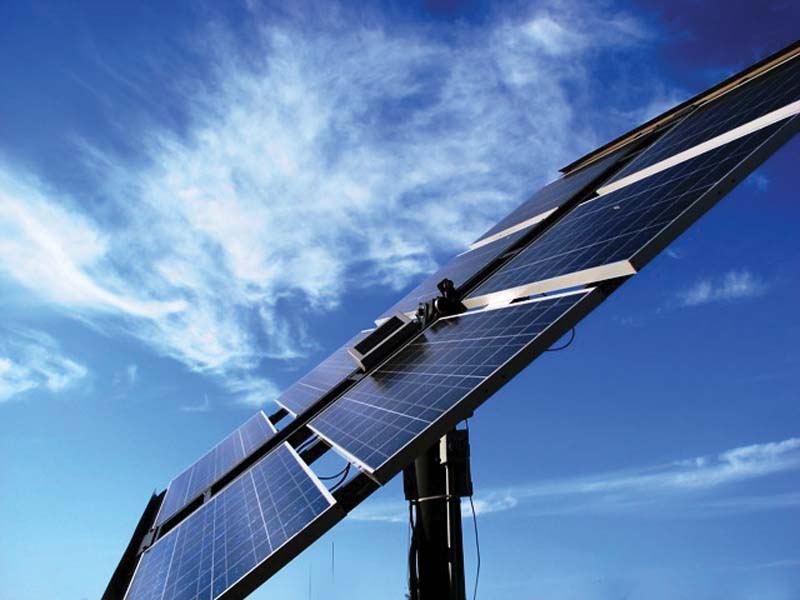
Of the 900MW, the solar park’s phase-II would generate 300MW and its phase-III would produce 600MW, officials told APP.
Quaid-e-Azam Solar Park: Solar energy’s 100MW to arrive in April
In a landmark decision, the National Electric Power Regulatory Authority (Nepra) has already approved upfront tariff for delivery of solar electricity to the purchaser.
Solar energy is clean, environmentally friendly and renewable and also provides carbon credits. The overall cost of such projects is very much competitive.
According to the officials, though per-megawatt cost of solar power is higher at the beginning of a project, a subsequent decline in the cost makes it financially viable in the medium term. Its installation is easy and quick and it could play an important role in addressing the energy crisis.

They said the low operation and maintenance cost of the solar power project was an added advantage, which would mean less reliance on import of fossil fuels and no worry about depletion of domestic natural resources like gas.
They suggested giving each house in far-off villages a solar panel, which would be cost effective and save investment in transmission lines, as connecting such remote areas to the national power grid was very costly.
PM inaugurates 100MW solar plant in Bahawalpur
Many countries such as the US, Germany, Australia, Brazil, the UK, Japan, India, China and Thailand are now generating electricity in bulk through the solar system.
Pakistan receives one of the best solar irradiation in the world and has the potential to generate over 2.324 million megawatts per annum through solar thermal and photovoltaic systems but the potential is yet to be tapped.
The net metering regulations, recently introduced by the federal government, have also paved the way for establishing a flexible regulatory regime where a consumer can install solar panels and sell excessive electricity to a distribution company by following a short, simple and easy process.
Published in The Express Tribune, January 30th, 2016.
Like Business on Facebook, follow @TribuneBiz on Twitter to stay informed and join in the conversation.


1732519298-0/BeFunky-collage-(85)1732519298-0-165x106.webp)
1732611352-0/lamar-(5)1732611352-0-165x106.webp)
1732610018-0/BeFunky-collage-(91)1732610018-0-165x106.webp)












COMMENTS (5)
Comments are moderated and generally will be posted if they are on-topic and not abusive.
For more information, please see our Comments FAQ